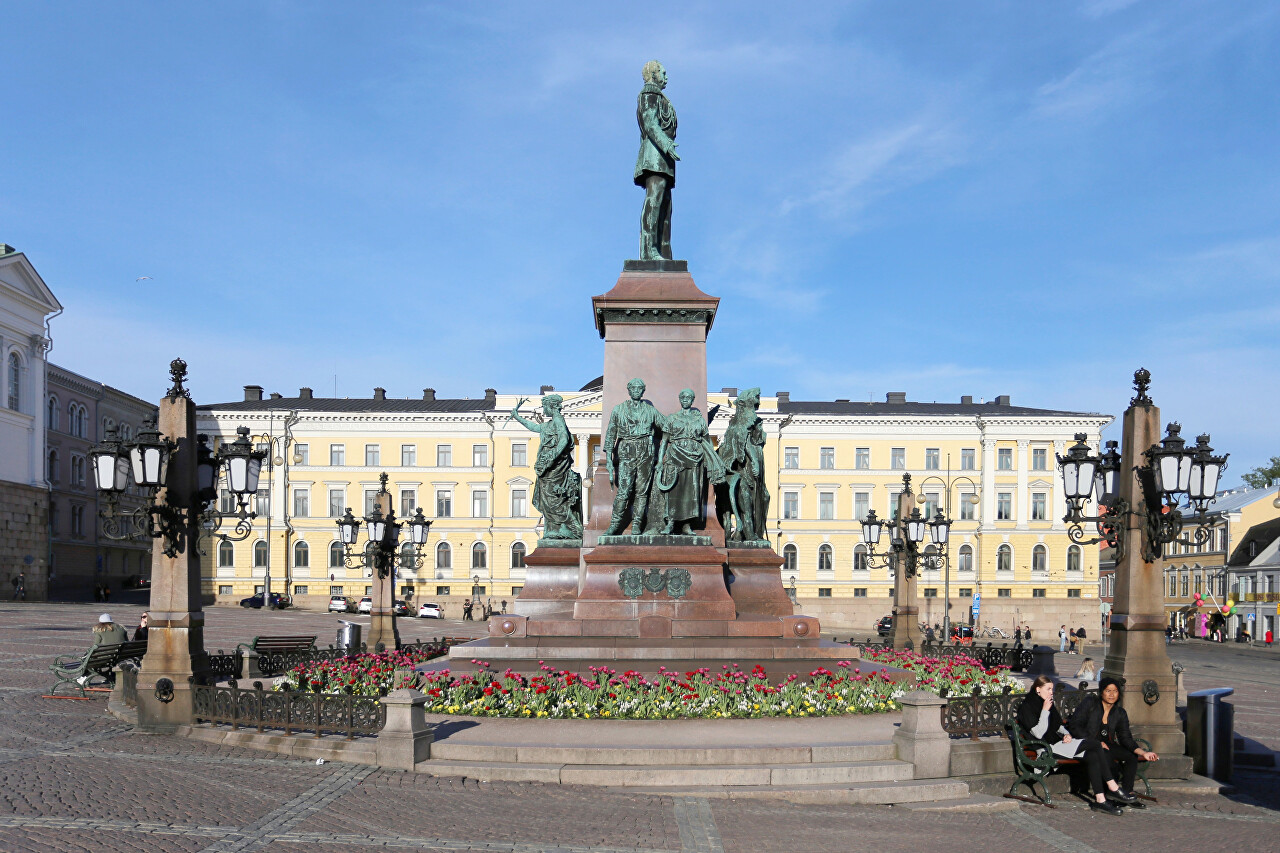Senate Square, Helsinki
The Senate Square (Senaatintori) and the surrounding buildings are the center and the oldest part of the city. In the 17th and 18th centuries, there was a church of St. Eleanor and a cemetery here. In 1812, the capital of the Grand Duchy of Finland was moved from Turku to Helsinki (at that time Helsingfors), and this place was chosen for the construction of the main state institutions. The ensemble of the square, made in the style of late classicism , is the creation of Karl Ludwig Engel (Johann Carl Ludwig Engel). Born and educated in Germany, in 1808 Engel found application for his abilities in the Russian Empire, and in 1916 he was appointed architect of the Helsingfors reconstruction Commission.
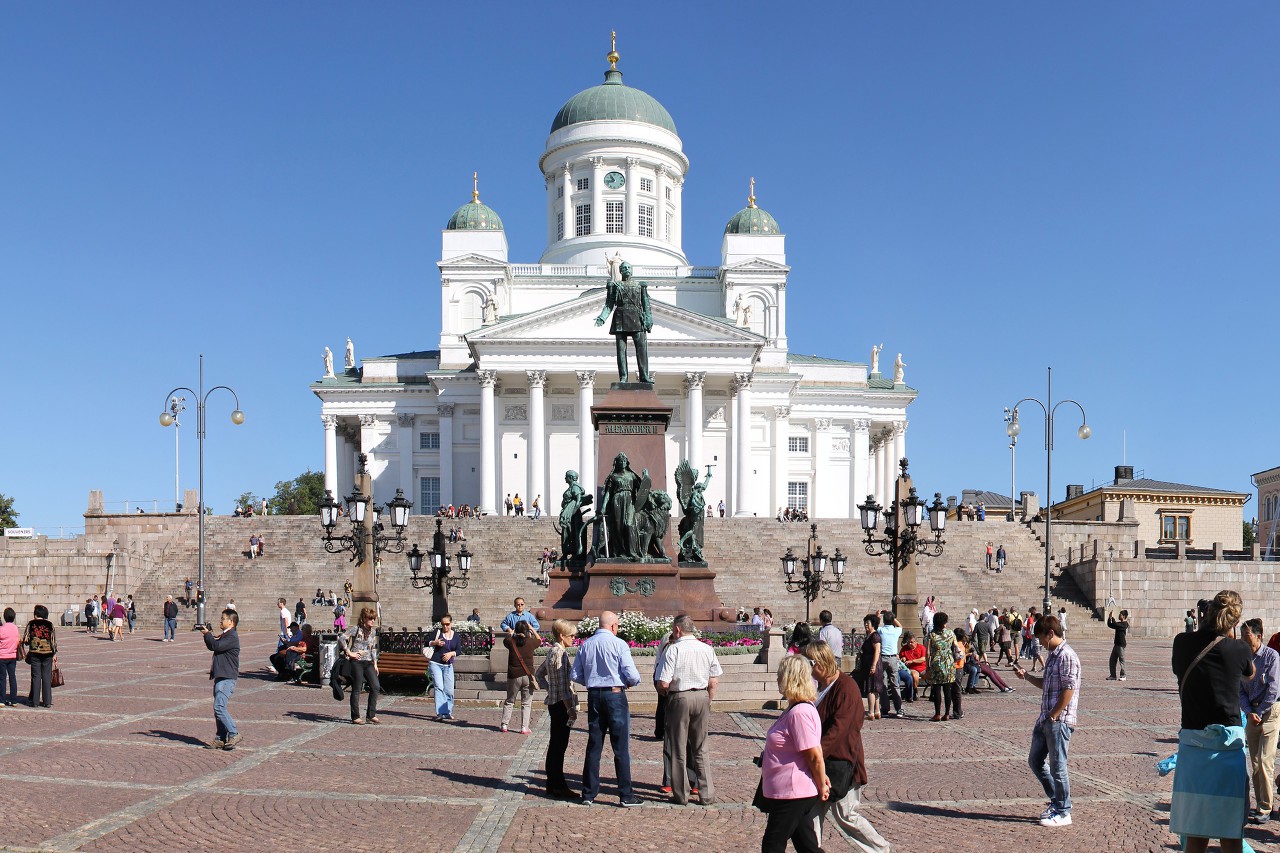
Now it is the busiest place in the city. Mass events, concerts, exhibitions and even snowboard competitions are held here. In winter, a Christmas town with huge snow sculptures grows on the square. In the fall of 2010, there was the United Buddy Bears exhibiton, which I was lucky enough to see during a tour from St. Petersburg to Paris.
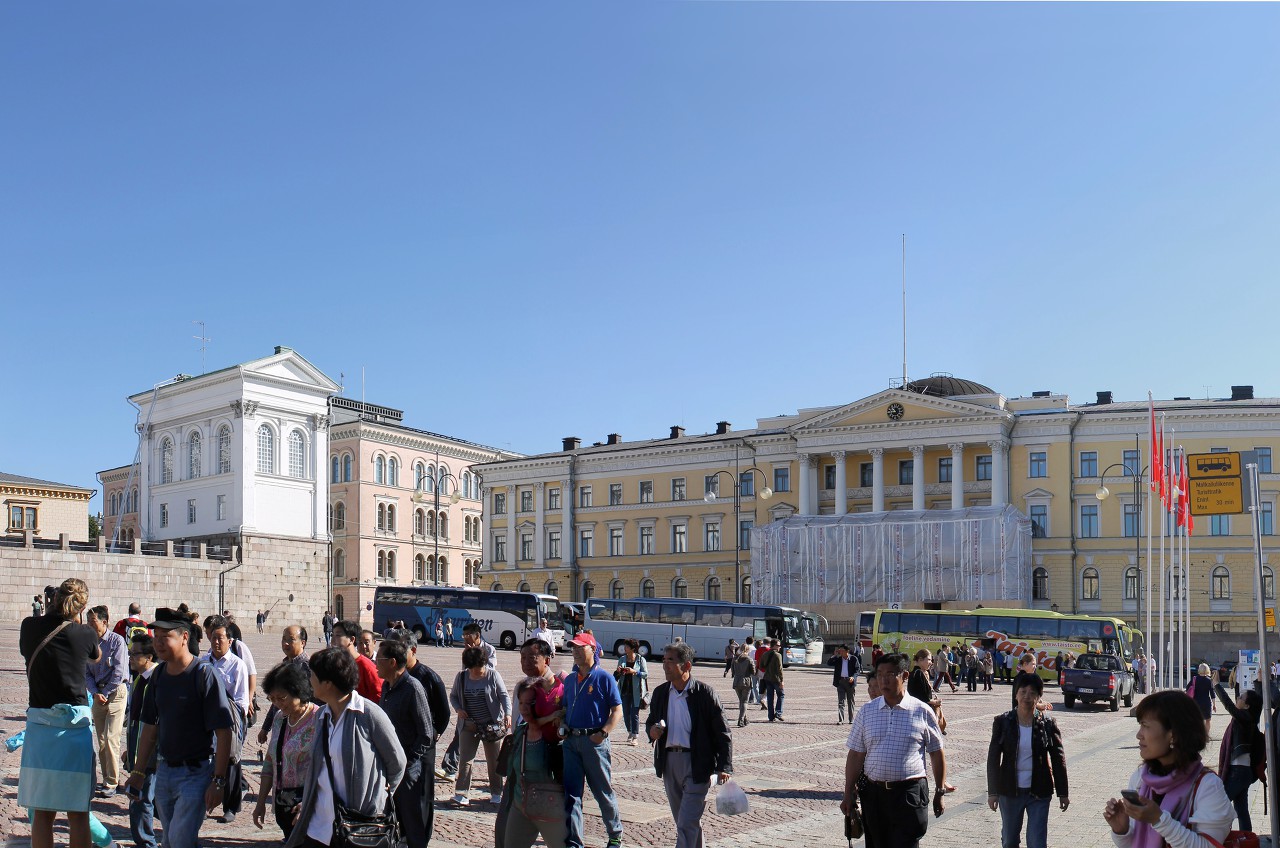
The dominant feature of the square and the whole city is the Helsinki Cathedral, named after St. Nicholas, built in 1852. There are no bells on it for a long time, they are replaced by an electronic carillon Senaatintorin ääni, which can be listened to daily at 17:49. The music was composed by the organist of the Cathedral Harri Viitanen, the electronic and acoustic part was developed by Doctor of Technical Sciences Jyrki Alakuijala. The best place to listen is in the center of the square. I will tell you more about the history and architecture of the Cathedral later.
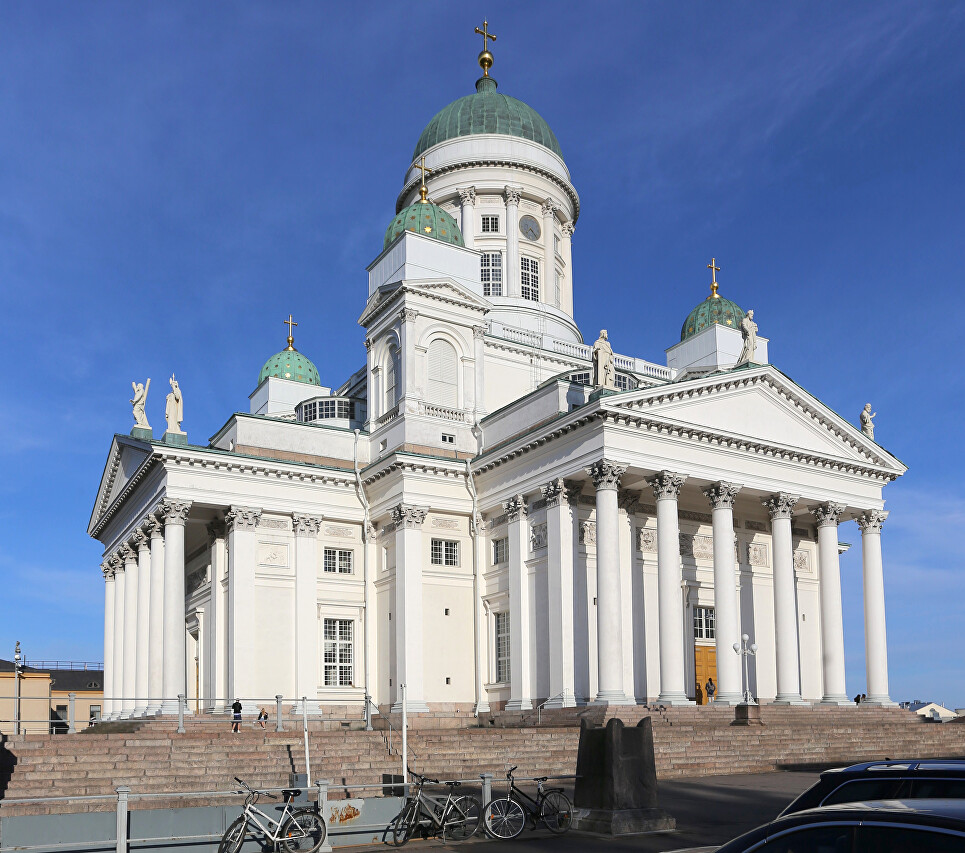
On the eastern side of the square is the Senate building (Suomen senaatti), built in 1822, it gave the name of the square. Since 1918, the State Council (Valtioneuvoston linna) has met here. Now the building is occupied by the Cabinet of Ministers and the residence of the Prime Minister of Finland.
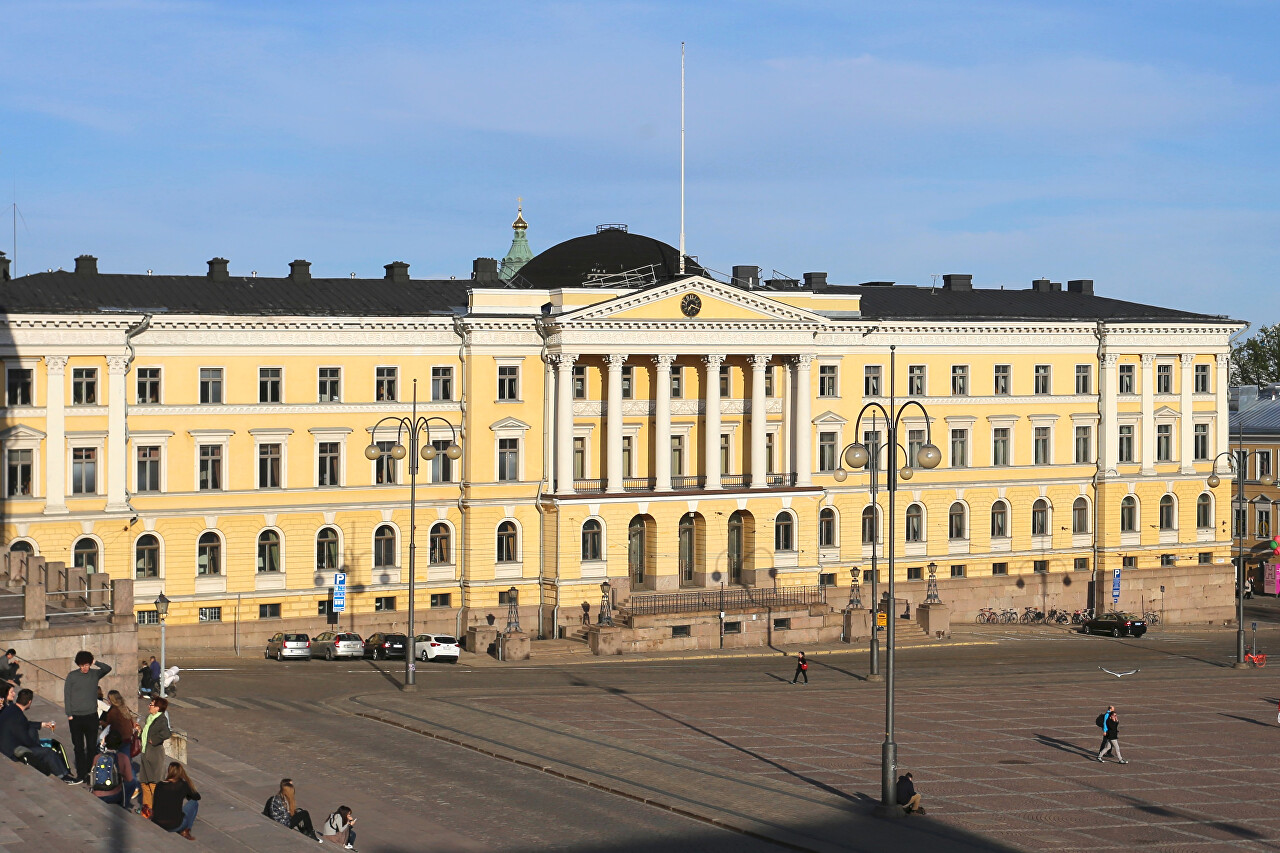
The western border of the square is formed by the University building, built in 1832, very similar to the Senate building. Although these buildings differ in some elements, they create a single architectural ensemble.
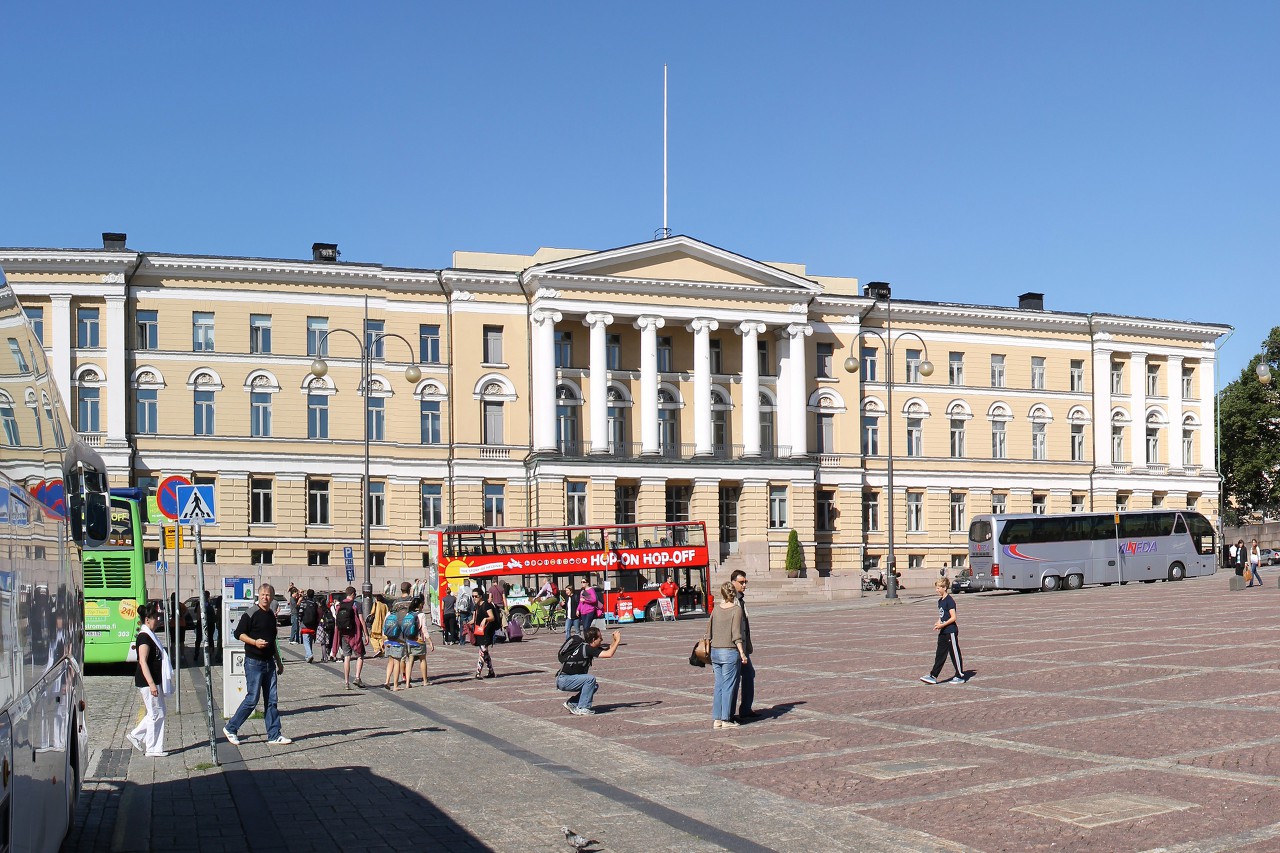
On the south-eastern side of the square there are the old town hall and former merchant houses: the Bock house (the oldest on the square), and the house of Nils Burz.
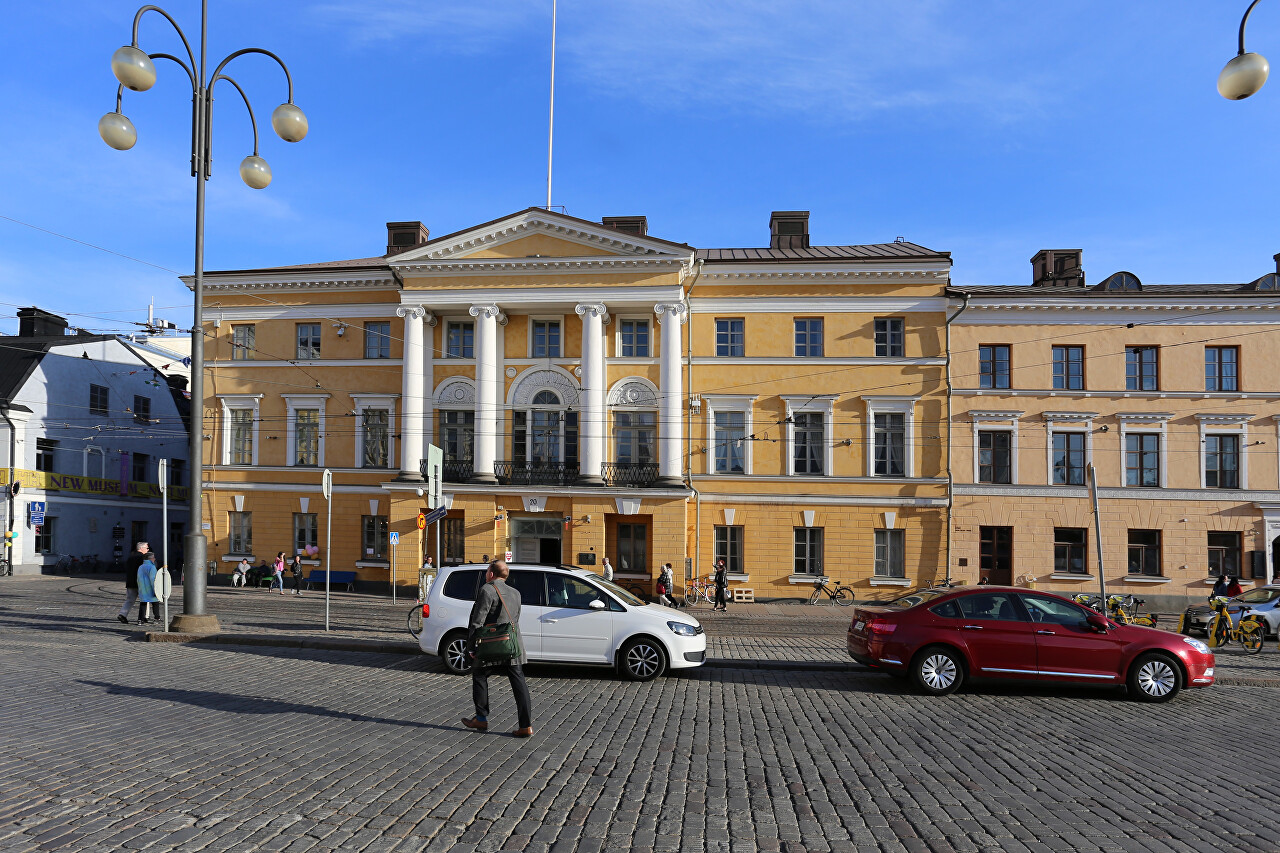
The south-western quarter is formed by the facades of the house of Hellenicus and the houses of merchants Sun and Kiselyov. Now state institutions are located here. To the right of them you can see the building of the trading house, built in 1936, the only one that violates the classical ensemble of the square. For this reason, UNESCO rejected all proposals to include the Senate Square in the list of Cultural Heritage.
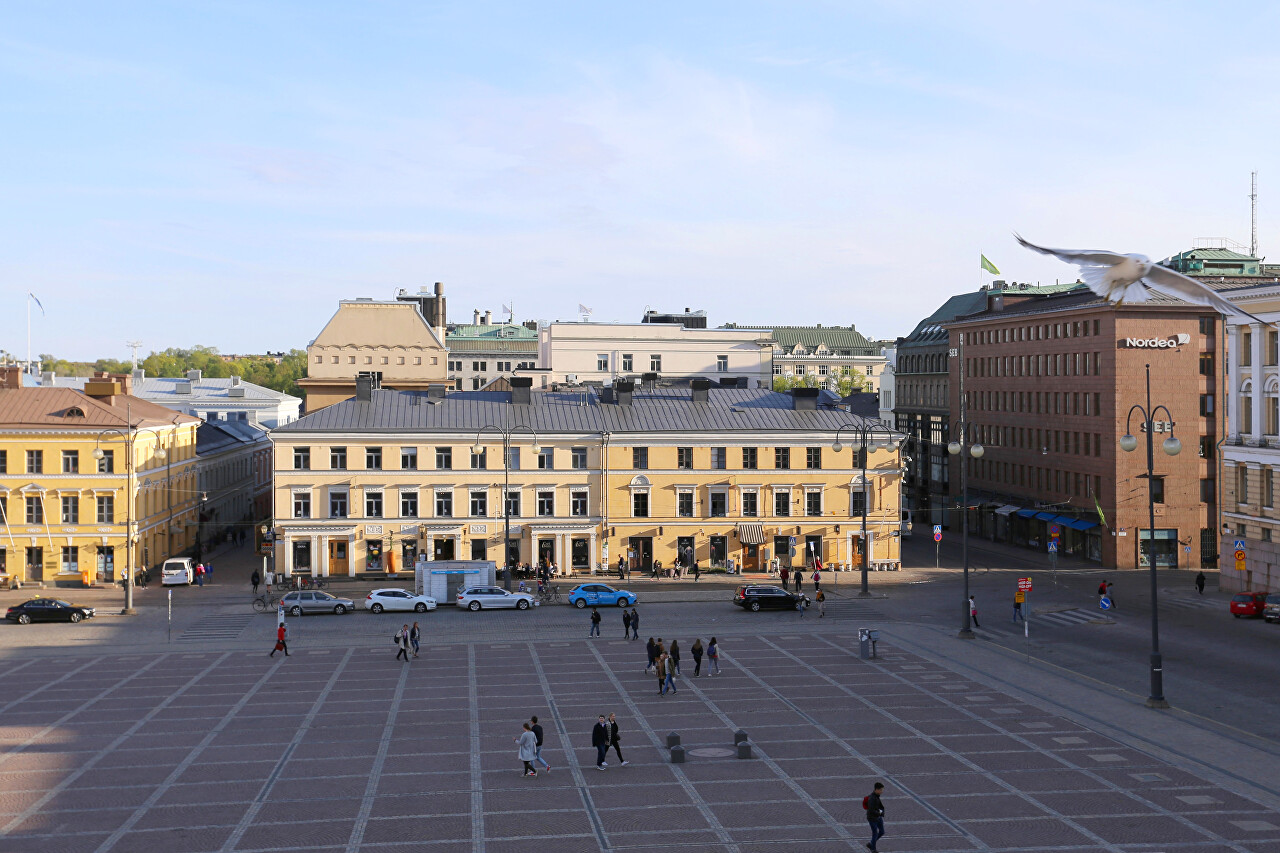
In the center of the square there is a monument to the Russian Emperor Alexander II, I will tell you about it in detail in the next article.
